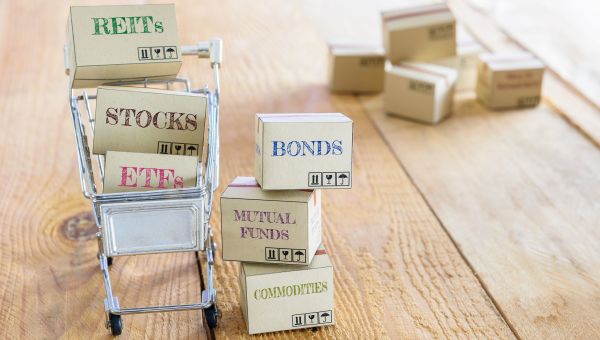What type of investor are you?
Find out how much risk you're willing to take in search of higher returns.

Every investment decision you make should be guided by two things:
- How it fits in with your personal goals
- The amount of risk you are willing to take to potentially increase your return on investments.

Playing It Too Safe?
You may be willing to increase your risk tolerance somewhat by understanding how investment risk works. Every aspect of life involves risk, and that holds true for all types of investments. If you try to avoid any risk—for example, by keeping all your investments in bank savings accounts—you take perhaps the biggest risk of all: Making investments so safe that your savings don’t generate enough in returns to even keep up with the rate of inflation.
The amount of risk you are willing to take should generally change as you get older. For most of your working life, your most valuable financial asset is your future earning power. As you get closer to retirement, you expect less in future earnings, and your savings and investments become more important. If you took big financial risks at age 30 and had a financial loss, it’s disappointing, but you can recover. If your life savings take a tumble at age 70, it can be much harder.

Go for Balance
At any point in your life, it’s unnecessary or advisable to put all your savings in either low-risk or high-risk investments. The trick is to always have a balance of low-risk investments and investments with more upside potential. It’s the balance between the two types of investments that changes, depending on your risk tolerance and your life investing stage. This balancing of investments between types of risk and other factors is called “asset allocation.”
Asset allocation may be the most important thing you need to know about investing for your future. The concept of asset allocation is often misunderstood. It doesn’t mean random investing in different vehicles, or buying different stocks, or even stocks in different industries. True asset allocation, such as in a 401(k), is using different investment vehicles, such as stocks, bonds, CDs and real estate investment trusts (REITs). Asset allocation helps you manage risk and maximize your potential returns by putting your money in investments that don’t all react the same way to economic trends and events.

Diversify Your Investments
Once you know how much risk you are willing to tolerate, you can decide how much of your portfolio (collection of investments) you want to have in each type of investment. For example, you may decide that you are willing to keep 60 percent of your portfolio in individual stocks. Periodically, you’ll need to check your investments and see if they need to be rebalanced. If your stocks go up in value one year, you may need to sell some of them and put the money in lower risk investments to maintain the same ratio of stocks to other investments.

Make It Easy with Mutual Funds
Perhaps the easiest way to diversify your investments is to buy mutual funds. Be careful, however. Some mutual funds specialize in certain types of investments that may all react similarly to market forces. Either buy a balanced mutual fund, or spread your investments between a few mutual funds to make sure you are diversified.
The older you get, the more important asset allocation becomes. With proper asset allocation, you can get the best potential return for your money, while making sure it’s almost impossible for you to lose too much of your money when you need it most.
More On


video

article

slideshow


video


video
